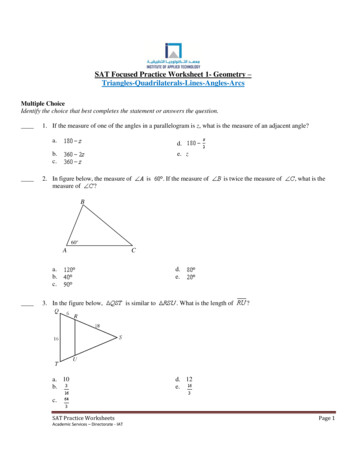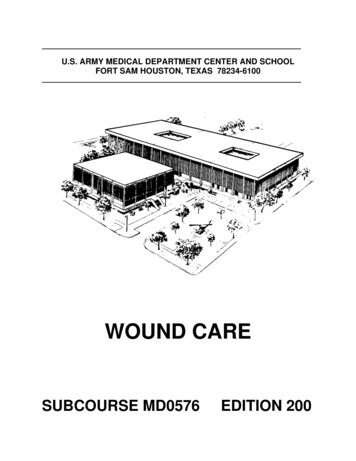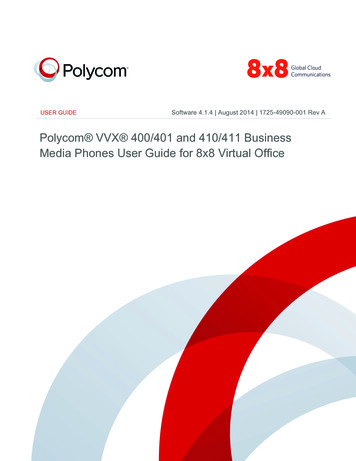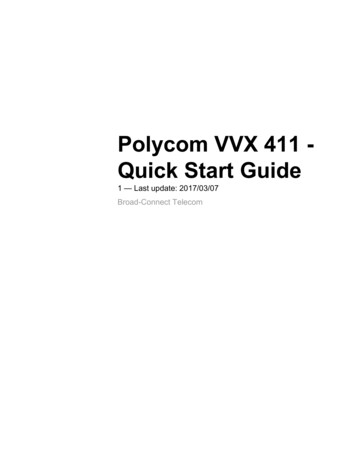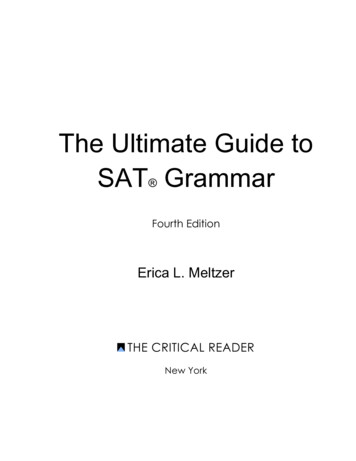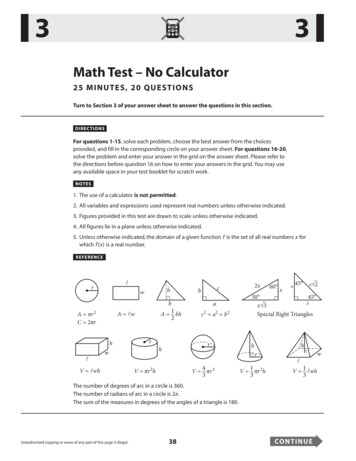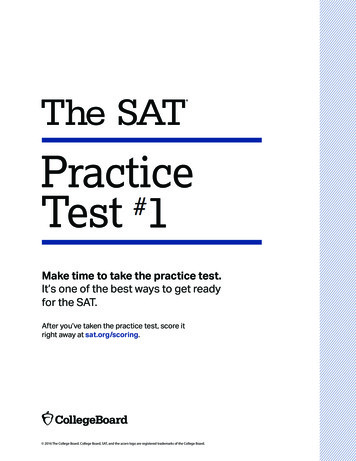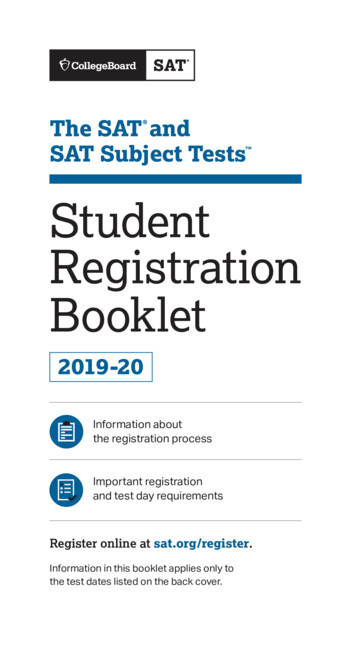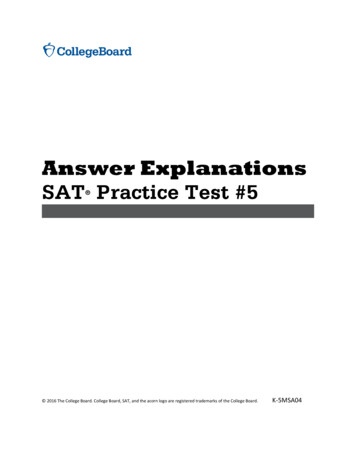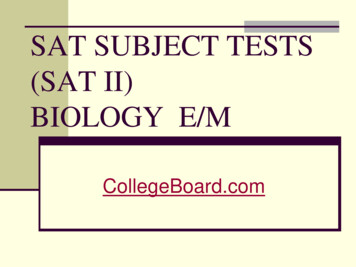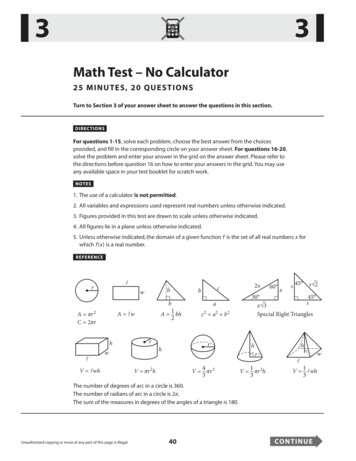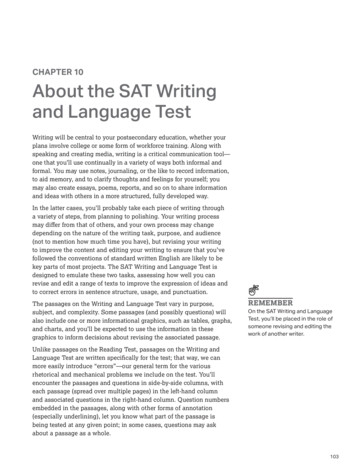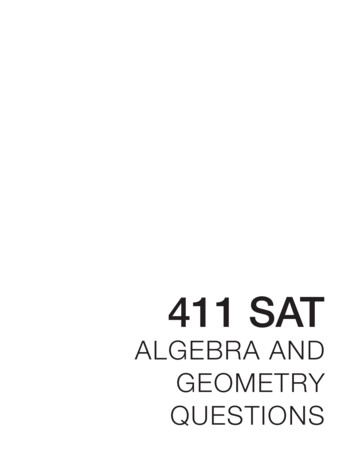
Transcription
411 SATALGEBRA ANDGEOMETRYQUESTIONS
411 SATALGEBRA ANDGEOMETRYQUESTIONS NEWYORK
Copyright 2006 LearningExpress, LLC.All rights reserved under International and Pan-American Copyright Conventions.Published in the United States by LearningExpress, LLC., New York.Library of Congress Cataloging-in-Publication Data:411 SAT algebra and geometry questions.p. cm.ISBN 1-57685-560-01. Algebra—Examinations, questions, etc. 2. Geometry—Examinations, questions, etc.3. SAT (Educational test)—Study guides. I. LearningExpress (Organization).II. Title: Four hundred eleven SAT algebra and geometry questions.QA157.A14 2006512.0076—dc222006005374Printed in the United States of America987654321ISBN 1-57685-560-0For information on LearningExpress, other LearningExpress products, or bulk sales, please write to us at:LearningExpress55 Broadway8th FloorNew York, NY 10006Or visit us at:www.learnatest.com
ContentsINTRODUCTION1PRETEST5CHAPTER 1Algebraic Expressions13CHAPTER 2Solving Equations and Inequalities19CHAPTER 3Quadratic Expressions and Equations25CHAPTER 4Factoring and Multiplying Polynomials33CHAPTER 5Radicals and Exponents37CHAPTER 6Sequences45CHAPTER 7Systems of Equations49CHAPTER 8Functions, Domain, and Range55CHAPTER 9Angles63CHAPTER 10Triangles71CHAPTER 11Right Triangles77CHAPTER 12Polygons85CHAPTER 13Quadrilaterals89CHAPTER 14Area and Volume93v
– CONTENTS –CHAPTER 15CirclesCHAPTER 16Coordinate Geometry99107POSTTEST113ANSWERS121vi
411 SATALGEBRA ANDGEOMETRYQUESTIONS
IntroductionIhate math.” “Math is my worst subject.” “I’ll never understand math—it’s too hard.”So many people approach math with an attitude that dooms them to failure before they even get started.Your approach to math, or any subject, can make all the difference in the world. With the majority of SATmath questions involving algebra or geometry, this book is designed not only to give you the algebra and geometry skills you need for the exam, but also to provide you with the confidence you require to score highly onthe exam.You can’t study every possible word that may appear on the verbal portion of the SAT. No such list even exists.However, all of the math skills that you will encounter on the math portion of the SAT are known, and the mostcommon of them are in this book. In this respect, it’s actually easier to study for the math sections of the SAT thanthe verbal sections.This book trains you for the SAT with 411 math questions. Every question can be solved using the skillsdescribed in the following 16 chapters, and every answer is explained. If an explanation doesn’t make sense, reviewthe related material in the chapter, and then try the question again.Don’t get discouraged. Use these chapters to gain an understanding of the algebra and geometry that’s givenyou trouble in the past. With time and practice, you’ll become comfortable with math and enter the SAT with confidence, believing you are prepared for any question.1
– INTRODUCTION – An Over view of This BookThis book is divided into an algebra section and a geometry section, each comprised of eight chapters, plus a pretestand a posttest. The tests are made up of only algebra and geometry questions. Use the pretest to identify the topics in which you need improvement. Use the posttest to help you identify which topics you may need to reviewagain. The first eight chapters focus on algebra skills:Chapter 1: Algebraic ExpressionsUnderstand the parts of algebraic expressions, combine like and unlike terms, evaluate expressions using substitution, and evaluate one variable in terms of another.Chapter 2: Solving Equations and InequalitiesUse basic arithmetic and cross multiplication to solve single- and multi-step equations, find the values that makean expression undefined, and form algebraic equations from word problems.Chapter 3: Quadratic Expressions and EquationsMultiply binomials, factor and solve quadratic equations, and analyze the graphs of quadratic equations.Chapter 4: Factoring and Multiplying PolynomialsMultiply, factor, and find the roots of polynomials.Chapter 5: Radicals and ExponentsAdd, subtract, multiply, divide, and simplify radicals and terms with exponents; rationalize denominators andsolve equations with radicals. Work with negative and fractional exponents, and raise exponents to exponents.Chapter 6: SequencesSolve arithmetic, geometric, and combination sequences for the next or missing term.Chapter 7: Systems of EquationsSolve systems of two equations with two variables using substitution and combination.Chapter 8: Functions, Domain, and RangeDetermine if an equation is a function using the vertical line test, find the domain and range of functions, solvenested functions and evaluate functions with newly defined symbols.The last eight chapters focus on geometry skills:Chapter 9: AnglesRecognize and use the properties of acute, obtuse, right, straight, complementary, supplementary, vertical, andalternating angles.2
– INTRODUCTION –Chapter 10: TrianglesRecognize and use the properties of interior and exterior angles of triangles and acute, obtuse, right, scalene,isosceles, equilateral, and similar triangles.Chapter 11: Right TrianglesUse the Pythagorean theorem to find the missing side of a triangle. Review the properties of special right triangles: 45-45-90 (isosceles) right triangles and 30-60-90 right triangles, and use basic trigonometry to determine the size of angles and sides of right triangles.Chapter 12: PolygonsReview the properties of interior and exterior angles of polygons and regular polygons. Find the perimeter ofpolygons and work with similar polygons.Chapter 13: QuadrilateralsLearn the differences that distinguish parallelograms, rhombuses, rectangles, and squares from each other, andthe similarities that each share.Chapter 14: Area and VolumeFind the area of triangles and rectangles (including squares), the volume of cylinders and rectangular solids(including cubes), and the surface area of solids.Chapter 15: CirclesReview the parts of a circle, including radius and diameter, and use them to find the circumference and areaof a circle, as well as the area of a sector of a circle and the length of an arc of a circle.Chapter 16: Coordinate GeometryPlot and find points on the coordinate plane; find the slope, midpoint, and distance of line segments. How to Use This BookStart at the beginning. Each chapter builds on the skills reviewed in the chapters that precede it. There’s a reasonthe algebra chapters come first—the SAT is filled with algebra questions, and many of the geometry questions you’llencounter will involve algebra. The last eight chapters focus on geometry, but you’ll need the algebra skillsreviewed in the first eight chapters to solve these problems.In each chapter, a set of skills is reviewed (with key words defined), including examples of each skill with explanations. Following the lesson portion of the chapter are 15–30 SAT-caliber questions. Related questions aregrouped together. In general, the questions are progressively more difficult. If you can handle the questions in eachchapter, you’re ready for the SAT!3
– INTRODUCTION –Read and reread each section of this book. If you don’t understand an explanation of a geometry questionthat involves algebra, it may be helpful to reread an algebra section—you might have the geometry skill mastered,but you may be confused about the algebra part of the question.Algebra and geometry questions comprise the bulk of SAT math, but this book does not cover every typeof math question you’ll see on the SAT. Review a book such as SAT Math Essentials or Acing the SAT 2006 byLearningExpress to be sure you’ve got all the skills you need to achieve the best possible math score on the SAT.Good luck!4
PretestBefore you begin Chapter 1, you may want to get an idea of what you know and what you need tolearn. The pretest will answer some of these questions for you. The pretest consists of 25 questionsthat cover the topics in this book, of which 15 are the multiple-choice questions and 10 are the gridins. For the grid-ins, you come up with the answer yourself instead of choosing from a list of possible answers.While 25 questions can’t cover every concept, skill, or shortcut taught in this book, your performance on the pretestwill give you a good indication of your strengths and weaknesses. Keep in mind the pretest does not test all theskills taught in this book, but it will tell you the degree of effort you will need to put forth to accomplish your goalof learning algebra and geometry.If you score high on the pretest, you have a good foundation and should be able to work your way throughthe book quickly. If you score low on the pretest, don’t despair. This book will take you through the algebra concepts, step by step. If you get a low score you may need to take more than 20 minutes a day to work through a lesson. However, this is a self-paced program, so you can spend as much time on a lesson as you need. You decidewhen you fully comprehend the lesson and are ready to go on to the next one.Take as much time as you need to do the pretest. When you are finished, check your answers with the answerkey at the end of the book.5
– LEARNINGEXPRESS ANSWER SHEET –PRETEST1.2.3.4.5.aaaaabbbbbccccc16. ddddd6.7.8.9.10.eeeee17.// aaaaabbbbbcccccddddd18.// 11.12.13.14.15.eeeeeaaaaa19.// bbbbbcccccdddddeeeee20.// // 777778888888888888888888899999999999999999999// 21. 22.// 23.// 000 24.// 000 25.// 8888888888888888888999999999999999999997
– PRETEST –(9x2 9y2) 1. The expression (6x2 20x 6) is undefined whena. x 0 or y 011b. x 3 or y – 3 c. x 1 or y 61d. x – 3 or y –3e. x –1 or y –66. The inequality –4(x – 1) 2(x 1) is equivalent to1a. x – 3 1b. x – 3 1c. x 3 1d. x 3 e. x 32. Each term in the sequence below is five timesthe previous term. What is the eighth term in thesequence?4, 20, 100, 500, . . .a. 500 8b. 48c. 4 57d. 4 58e. 5 487. Side AB of rectangle ABCD measures 10 units.Side BC of the rectangle is shared with side BCof square BCEF. If the area of square BCEF is 20square units, what is the area of rectangle ABCD?a. 10 5 square unitsb. 20 5 square unitsc. 20 20 5 square unitsd. 100 square unitse. 200 square units3. A circle has an area of 64π ft.2. What is thecircumference of the circle?a. 8 ft.b. 8π ft.c. 16π ft.d. 32π ft.e. 32 ft.8. A circular compact disc has a diameter of 12 cmand a height of 2 mm. If Kerry stacks 10 compactdiscs on top of each other, what is the volume ofthe stack?a. 72π cm3b. 144π cm3c. 240π cm3d. 288π cm3e. 720π cm34. Which of the following is true of y 2?a. It is not a function.b. It has a range of 2.c. It has no domain.d. It has a slope of 2.e. It has no y-intercept.2a9. Which of the following statements is true?a. All squares are rectangles and rhombuses.b. All rectangles are rhombuses, but not allrhombuses are rectangles.c. All rhombuses are parallelograms and allparallelograms are rhombuses.d. All rhombuses are squares, but not all squaresare rhombuses.e. All squares are parallelograms, but not allsquares are rectangles.a–1 5. What is the value of ( b )( (2b)–1 )?a. 1b. 2c. 2ad. 4a2e. b 29
– PRETEST –13. Which of the following parabolas has its turningpoint in the second quadrant of the coordinateplane?a. y (x 1)2 – 2b. y (x – 1)2 – 2c. y –(x 1)2 – 2d. y –(x 2)2 1e. y (x – 2)2 110. For what values of x is the expression3x2 – 3x – 18 equal to 0?a. x –3, x 2b. x –3, x 61c. x 3, x – 2 d. x 3, x –6e. x 3, x –211. If ABCD (shown below) is a parallelogram, whatis the measure of angle ABC?7b – 414. If a 4 , then b a.Ab.B9x 5c.d.e.16xDC15. Jennifer makes a hexagon by arranging 6 equilateral triangles, each of which has a vertex at thecenter of the hexagon. If the length of one sideof a triangle is 4, what is the area in square unitsof the hexagon?a. 6 3 b. 12c. 12 3 d. 24e. 24 3 a. 7ºb. 68ºc. 78ºd. 102ºe. 112º12. Triangles ABC and DEF are similar. Side AB oftriangle ABC corresponds to side DE of triangle is 10 units and theDEF. If the length of AB is 4 units, then the area of trianglelength of DEDEF is equal toa.b.c.d.e.a 74a 7a 1 74a 4 77a – 4 716. If the surface area of a cube is 96 squarecentimeters, what is the volume of the cube incubic centimeters?4 (area of triangle ABC).251 (area of triangle ABC).52 (area of triangle ABC).55 (area of triangle ABC).225 (area of triangle ABC).417. What is the distance between the points (–7,–4)and (5,12)?18. Steve draws a polygon with 12 sides. What is thesum of the measures of the interior angles ofSteve’s polygon?10
– PRETEST – b 1319. Find the value of b b if b 36.b23. In the diagram below, sides OC and OB oftriangle OBC are congruent. If the measure ofangle OBC is 71 degrees, what is the measure indegrees of arc AD?20. In the diagram below, sides AC and AB oftriangle ABC are congruent. If the measure ofangle DCA is 115 degrees, what is the measurein degrees of angle A?DAAO71 DC2wB321. If 3 3 7, what is the value of 2w ?2x 8BC73 a24. Evaluate ( 5a 2 10a ) for a –2.5x – 622. If 5 6 , what is the value of x?25. Angle A of right triangle ABC measures60 degrees and angle C of the trianglemeasures 30 degrees. If the length ofside BC is 16 3 , what is the length ofside AC?11
C H A P T E R1 AlgebraicExpressionsVariablesA variable is a letter or symbol that represents a value. An algebraic expression is one or more terms that contain a variable. For instance, 3a, y 1, and x2 4x 4 are all algebraic expressions. The expression x2 4x 4 ismade up of three terms:
The value of the exponent is one less than the position of the term in the sequence.The 100th term of the sequence is equal to 3(100 – 1) 399. and the 101st term in the sequence is equal to 3(99 1 ) 3100.To multiply two terms with com- mon bases, add the exponents of the terms: (399)(3100) 3199. 4 4. (2)4 5.
